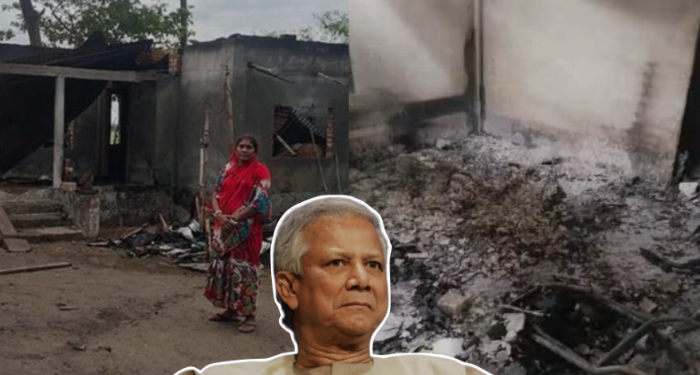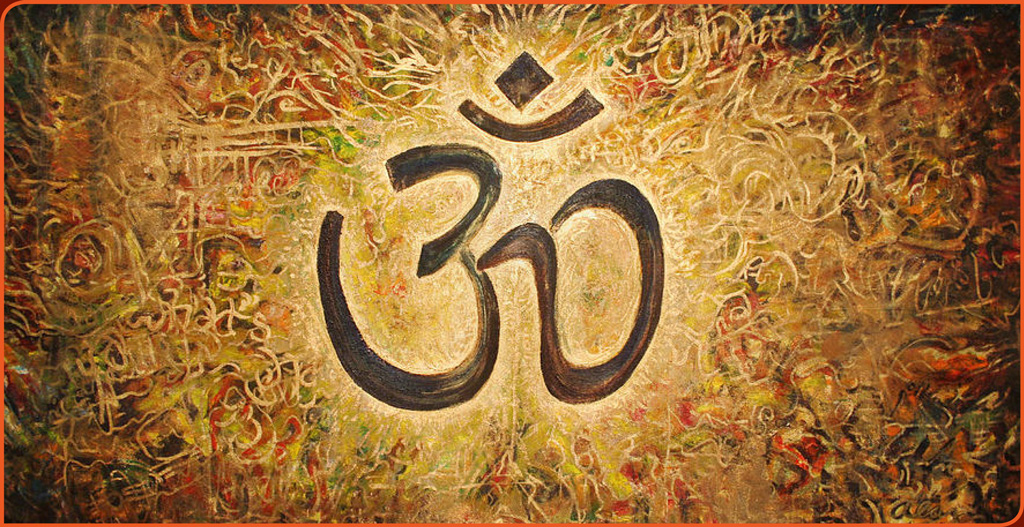In May 2025, OpIndia reported that Muhammad Yunus, Chief Adviser of Bangladesh’s interim government, acknowledged incidents where Hindu homes were burned by Islamists. However, Yunus contended these acts were politically motivated rather than communal. He argued that the violence targeted supporters of the ousted Awami League, with whom many Hindus were associated, rather than being driven by religious animosity. This stance faced criticism, as it appeared to downplay the sectarian nature of the attacks. Contradicting Yunus’s claims, a UN Human Rights report documented widespread violence against Hindus, including arson and assaults on places of worship, particularly in regions like Lalmonirhat and Dinajpur. The report highlighted systemic impunity and inadequate police response, suggesting both political and communal motives behind the attacks. Furthermore, fact-checkers identified instances where Indian media misrepresented events, attributing unrelated incidents to anti-Hindu violence, thereby complicating the narrative. While Yunus maintained that the unrest was politically charged, evidence from various sources indicated a complex interplay of political retribution and religious discrimination in the post-Hasina Bangladesh.




![[ India Today ] Ohio senator JD Vance thanks wife, a Hindu, for helping him find Christian faith](https://hinduvishwa.org/wp-content/uploads/2024/06/us-senator-jd-vance-reveals-how-his-hindu-wife-usha-helped-him-find-his-christian-faith-image-re-272530504-16x9_0-120x86.webp)










